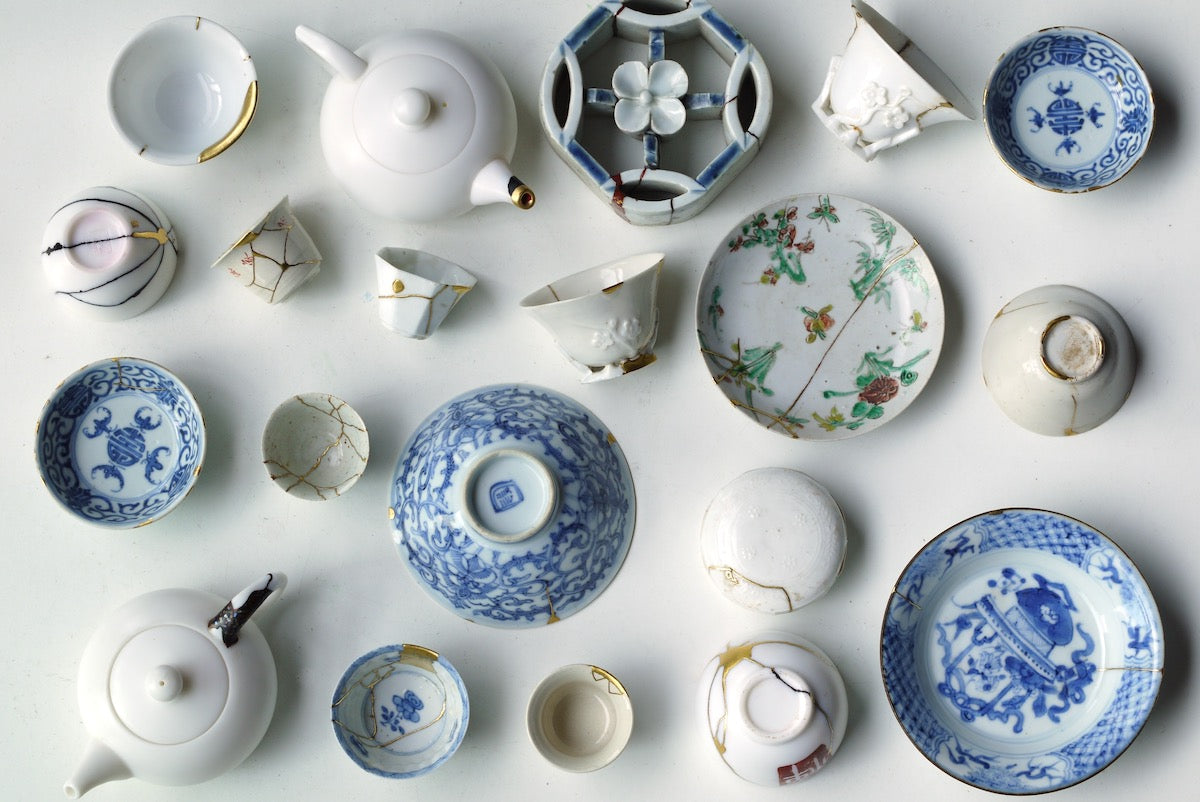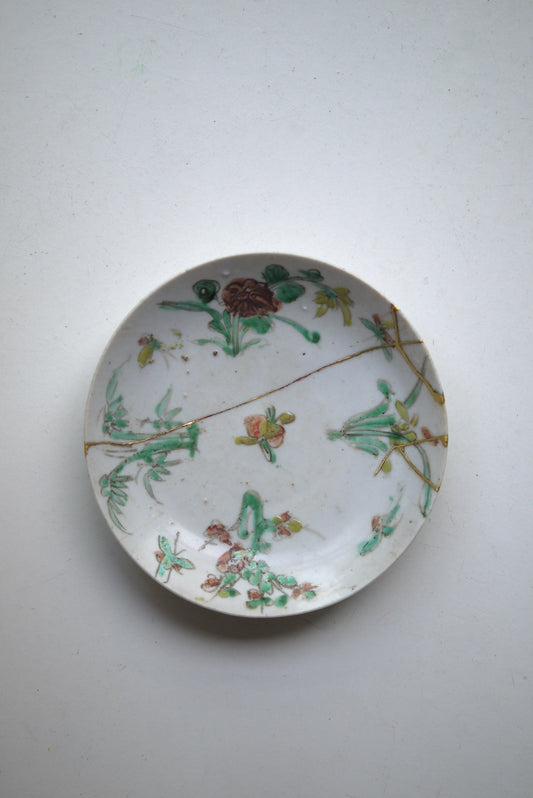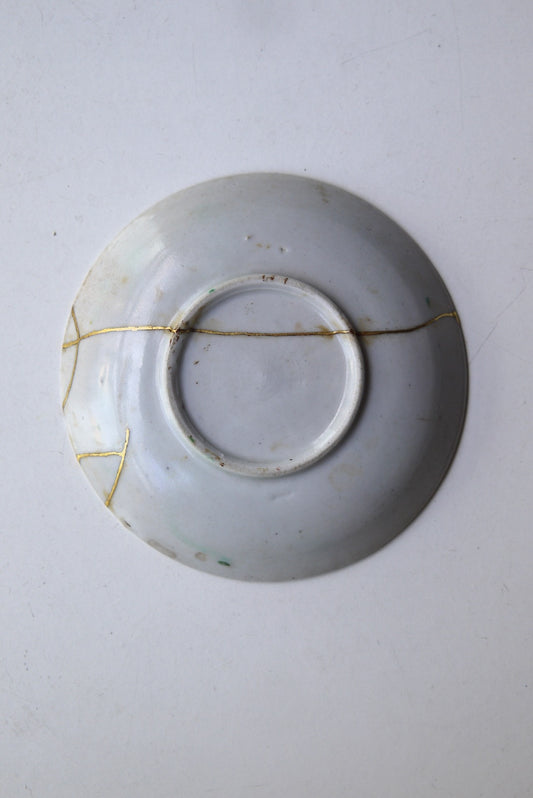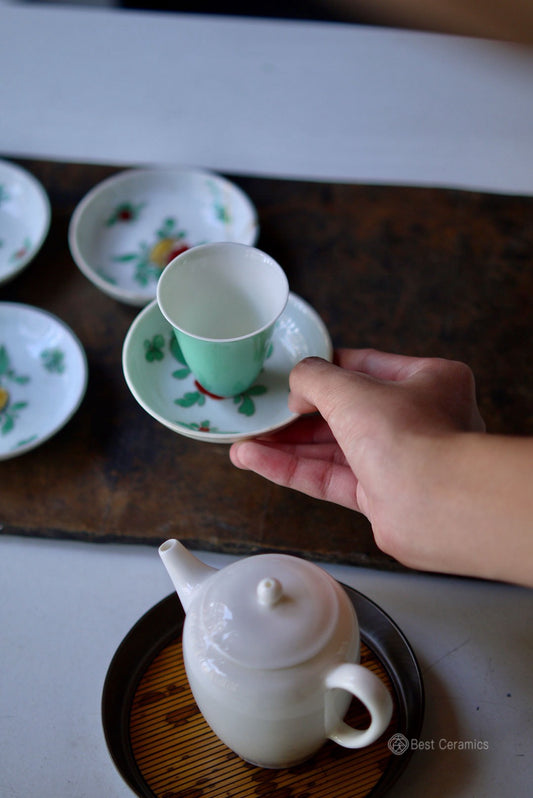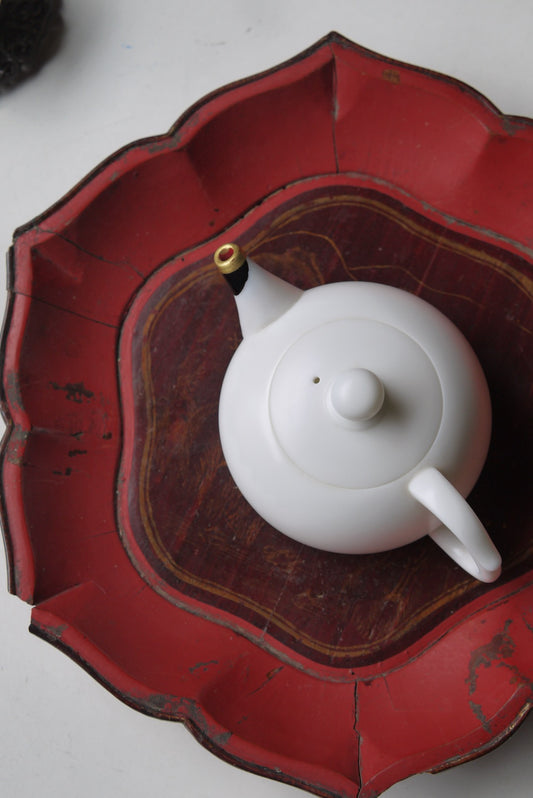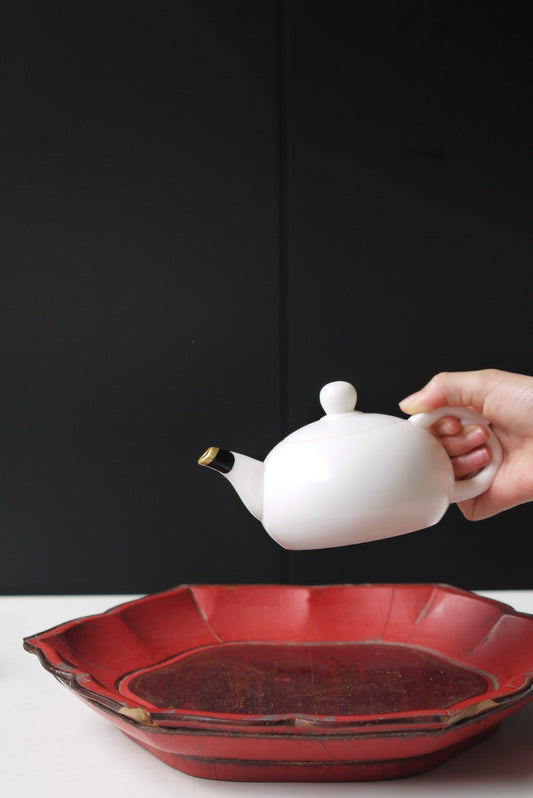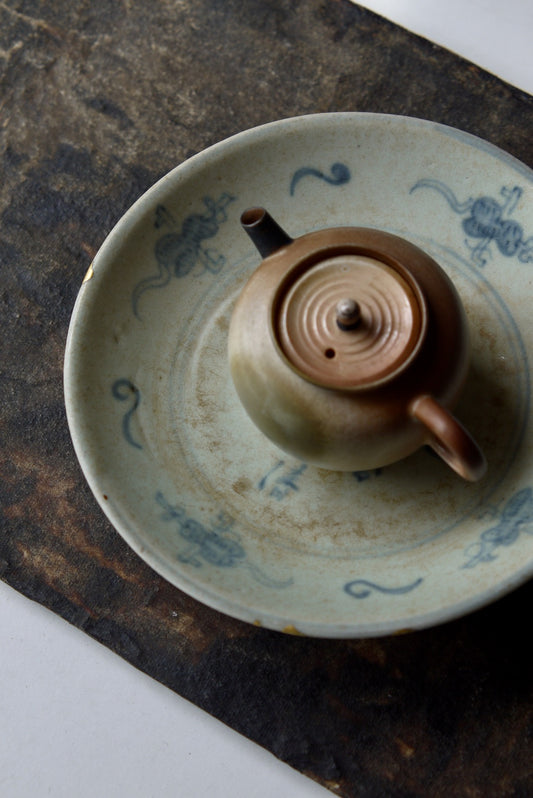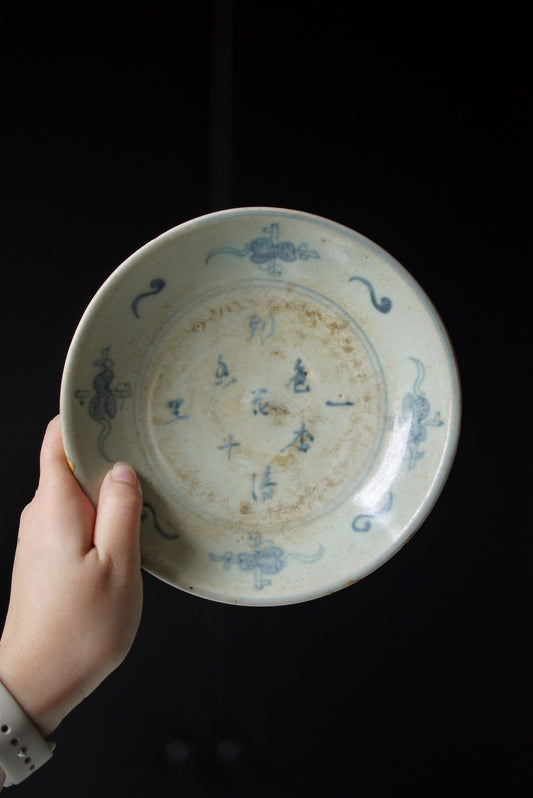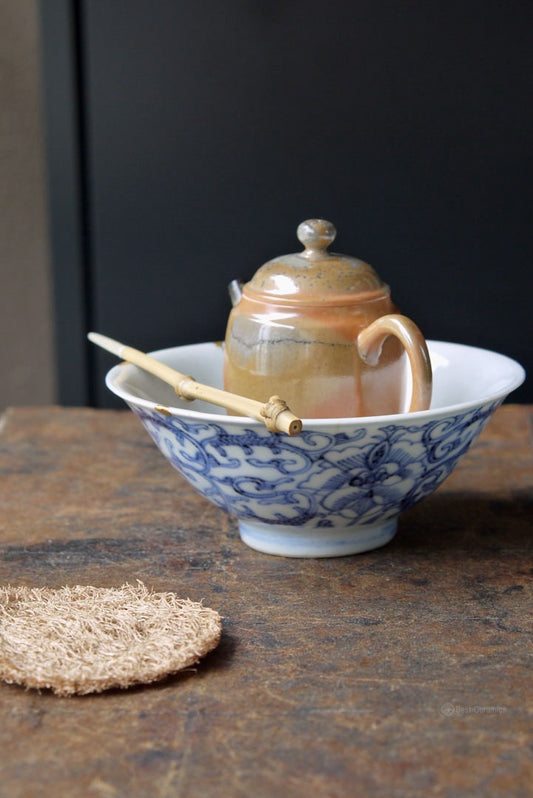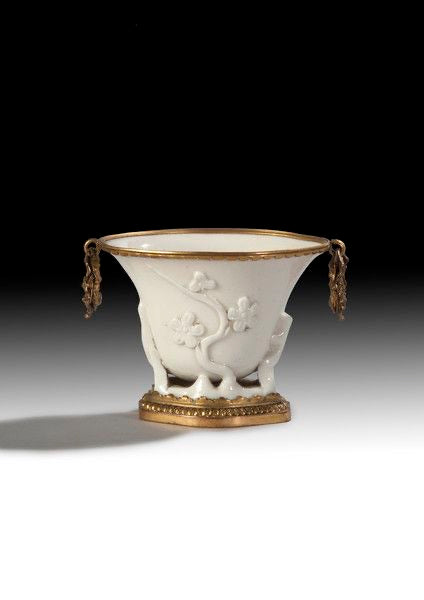
Plum Blossoms: Unique Elegance on Dehua Porcelain
YuanKevinShare
“In the cold night, a guest arrives; tea serves as wine. The bamboo stove boils, its flame glowing red. The moon outside the window remains the same, but the scene changes entirely with a blossoming plum tree.” Poet Du Lei of the Song Dynasty prepared tea for his guest late into the night. Everything seemed ordinary until the newly blossomed plum tree transformed the cold night and the chilly moon into something extraordinary.

Among the "Three Friends of Winter," the plum blossom stands proudly. It is one of the "Four Gentlemen of Flowers," embodying the refined qualities admired by Chinese literati. The plum’s five petals symbolize the arrival of good fortune, while a magpie perched on a plum branch heralds joy. Its unique fragrance and resilient demeanor have become synonymous with the elegance and strength of the Chinese literati. These attributes have infused plum blossoms with rich cultural significance and auspicious symbolism, making them a beloved motif in Chinese poetry, painting, and other arts.
Plum blossoms began to appear extensively in Chinese literary and artistic works, finding widespread application in porcelain designs. By the late Ming Dynasty, Dehua porcelain featured an abundance of plum blossom patterns. This period was both tumultuous and prosperous, characterized by both wild exuberance and introspective reflection. Countless scholars retreated from officialdom, finding solace in nature, dedicating themselves to literature and personal cultivation. The swift rise of literati interests led to the gradual replacement of the previously dominant lotus motifs with the pure and elegant plum blossom, marking a significant breakthrough for Dehua porcelain and Chinese ceramics as a whole.

Ming Dynasty Dehua Porcelain Plum Blossom Cups
Life often finds its poetry in the simplest pleasures: poetry, wine, tea, and flowers. Ming Dynasty literati, with their appreciation for the finer things in life, required beautiful utensils to complement their gatherings. Thus, the white-glazed plum blossom cups emerged. These cups, diverse in shape and size, typically featured round, oval, melon-ridged, or octagonal forms with deep bodies. The interior walls were smooth, while the exterior displayed a single plum branch adorned with blossoms. The branches were robust and twisted, with flowers blooming along them, exuding a fresh and elegant charm. Some cups featured a plum stump as a cup holder, while others had handles shaped like plum branches, adding natural beauty and practicality to their design.

Ming Dynasty Dehua Kiln Tiger Cup with Plum Blossoms
The exquisite craftsmanship of Dehua’s plum blossom cups, combined with their firm, fine porcelain body and smooth, glossy glaze, made them both practical and highly artistic. They held a unique status among Ming and Qing Dynasty porcelain enthusiasts and tea connoisseurs, and were considered treasures when exported. In one exhibition, I saw a Ming Dynasty Dehua kiln white-glazed tiger cup decorated with pine and plum branches, placed on a wooden base carved with plum blossoms, complete with a matching lid. This exquisite set demonstrated the high regard and care the owner had for the cup, with the wooden plum blossom carvings perfectly complementing the porcelain decorations.
Of course, where there are plum blossom cups, there must also be plum blossom teapots. A classic example is a Kangxi white-glazed plum blossom teapot, showcasing Dehua’s renowned white porcelain. The entire pot radiated a warm, jade-like quality, with its plum blossom decorations perfectly balanced and elegantly simple.

Kangxi White-Glazed Plum Blossom Teapot
In the detailed accounts of Ming literati’s lives, Chen Jiru’s "Notes from a Small Window" provides insight into their refined lifestyles: “I often keep a clean room with a table, several cherished books, an old calligraphy manual, and a censer burning incense. When slightly tired, I rest on a bamboo couch. At meal times, I enjoy bitter tea, write a few lines of the 'Han Shu,' and appreciate a few ancient paintings. This brings a sense of clarity and washes away the mundane.”
Dehua porcelain with plum blossom designs also appeared on incense burners and brush pots, essential items in a scholar’s study. The Fujian Museum houses a Ming Dynasty Dehua kiln white-glazed plum blossom incense burner, placed on a precious wooden base and covered with a similarly adorned lid. The burner’s pure white, elegant design, adorned with a single plum branch, exudes a serene and refined aesthetic, even when not in use.

Qing Dynasty Dehua Kiln Plum Blossom Brush Pot
During the late Qing Dynasty and early Republican period, a renowned porcelain plum blossom was created by Su Xuejin, the founder of the century-old "Yunyu Porcelain Shop" in Dehua. His work marked a significant innovation in porcelain sculpture, where plum blossoms transitioned from being mere decorative motifs to becoming independent subjects of art. In 1915, his porcelain plum blossoms won a gold medal at the Panama-Pacific International Exposition, bringing international acclaim to Dehua porcelain.
Today, the art of porcelain flowers in Dehua is flourishing, with various flowers crafted into vibrant, everlasting forms by skilled artisans. Plum blossoms, in particular, continue to be a favorite motif, symbolizing resilience and elegance. Modern artists, like Fujian craft master Zheng Yanting, create exquisite works like "Fragrant Plum Blossoms in Snow," showcasing the enduring appeal and artistic evolution of plum blossoms in Dehua porcelain.
In the realm of Chinese ceramics, plum blossoms on Dehua porcelain have transcended mere decoration, embodying the enduring spirit of Chinese culture and aesthetics. Each piece, whether it’s a delicate cup or a majestic sculpture, tells a story of refinement, resilience, and timeless beauty.
Resource: Kou Wangting
All the pictures are come from Pinterest.

